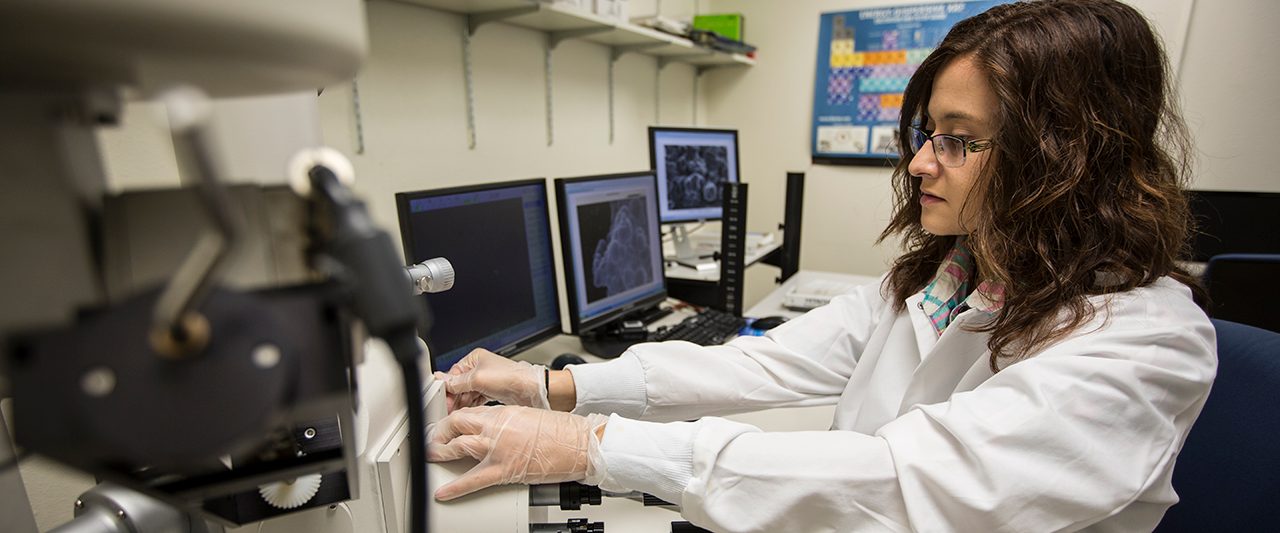
HAZMAT Safety Information
To report an incident or near miss in an NMT laboratory, please fill out an NMT Lab Incident/Near Miss Report.
If immediate medical attention is required, contact NMT Campus Police at 911 or 5555 from an on-campus phone, or 575-835-5555 from an off-campus phone.
If immediate hazard assessment is needed, or if there is an unintended release of hazardous materials, contact the Hazardous Materials and Laboratory Safety Specialist at 575-517-0646 during business hours (8am-5pm). Contact NMT Campus Police after hours and on weekends.
Mission
Our mission is to uphold university policy that states “New Mexico Tech is dedicated to providing a safe and healthy workplace for all employees. In compliance with state regulations and OSHA standards, NMT implements a safety and health program tailored to each facility. Both management and employees play vital roles in the success of this program. The primary goal is to minimize or eliminate workplace injuries and illnesses. NMT takes a proactive approach to ensure the safety of its employees, believing that most accidents can be prevented. Managers and supervisors are responsible for promoting safety awareness and ensuring that all operations are conducted with the highest regard for safety and health. Employees are expected to fully cooperate with all aspects of the safety program, including following safety rules and regulations. They should remain vigilant to potential hazards and report any unsafe conditions promptly to their supervisor or safety coordinator.” (NMT Employee Handbook 2024, pg. 38)
For safety trainings and additional safety information go to Safety on Canvas. If you need access or assistance please contact Benjamin Thomas at [email protected] or 575-517-0646.